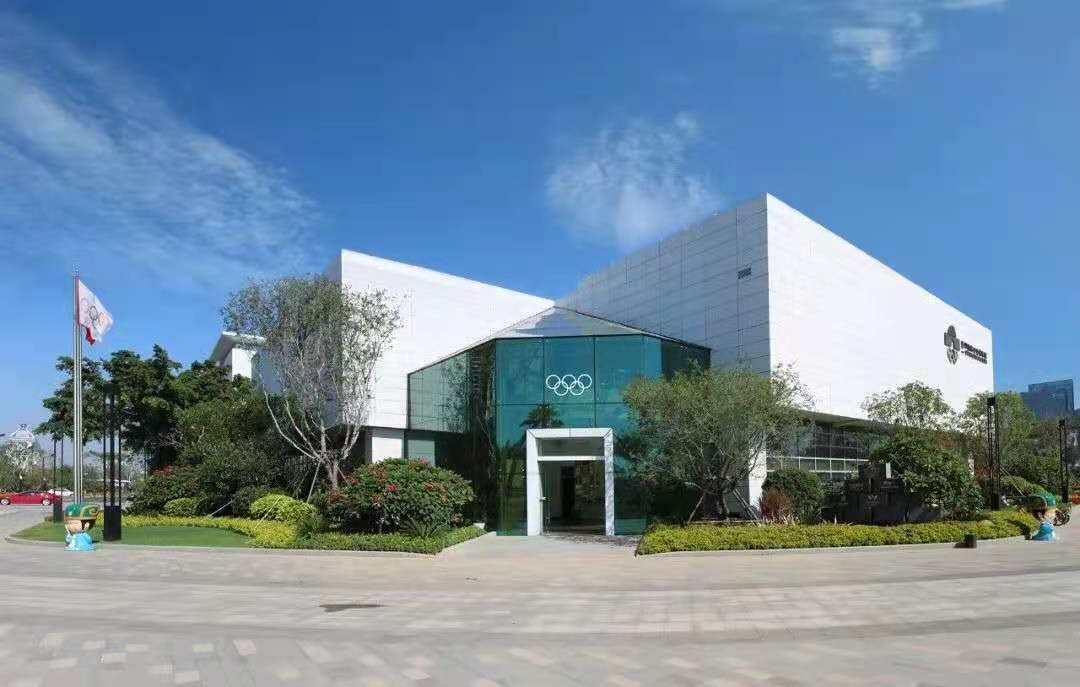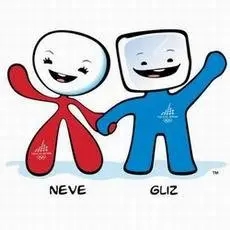Online Tour of Xiamen Olympic Museum: The Introduction of Turin 2006 Mascots
Publish date:2021-2-20 Pageview: 1272
 Xiamen Olympic Museum, one of the twenty-eight members of the International Olympic Museums Network, is a non-profitable international organization approved by International Olympic Committee and China Olympic Committee. It is the first Olympic Museum entitled “Olympics” in China. The museum was planned, designed and founded by the former International Olympic Executive Committee Member, the former president of International Boxing Association, Mr.Ching-kuo Wu, who is also a world-renowned architecture expert and the curator of our Museum. The museum has rich collections of Olympic culture relics with the purpose of promoting Olympic cultures, spirits and making more people to know, experience and share Olympic history and glory.
Xiamen Olympic Museum, one of the twenty-eight members of the International Olympic Museums Network, is a non-profitable international organization approved by International Olympic Committee and China Olympic Committee. It is the first Olympic Museum entitled “Olympics” in China. The museum was planned, designed and founded by the former International Olympic Executive Committee Member, the former president of International Boxing Association, Mr.Ching-kuo Wu, who is also a world-renowned architecture expert and the curator of our Museum. The museum has rich collections of Olympic culture relics with the purpose of promoting Olympic cultures, spirits and making more people to know, experience and share Olympic history and glory.


NEVE AND GLIZ
NAME
Neve and Gliz: in Italian, “neve” means snow and “gliz” is a nod to the word “ghiaccio”, which means ice.
DESCRIPTION
Neve is a snowball; Gliz is an ice cube. Together, they represent the fundamental elements required for successful Winter Games and personify Winter sports. Neve, with fluid and rounded contours, is linked to harmony and elegance of movement. She is dressed in red. The angular and smooth shapes of Gliz recall the power and strength of athletes. He wears a blue outfit.
CREATOR
Pedro Albuquerque
DID YOU KNOW?
The mascots‟ creation was the subject of an international contest, launched three years before the start of the Game. The contest was open to design, advertising and graphic design agencies as well as independent graphic designers. Five finalists were selected out of the 237 proposals received; the winner, a Portuguese designer, was selected by the President‟s Office of the Organising Committee.
Javier Mariscal, the creator of the Barcelona mascot in 1992, was among the jury members.
A cartoon of 52 one-minute episodes was broadcast on Italian TV channels RAI 2 and RAI 3 from October 2005 to February 2006. Each episode covered a subject linked to Olympism: values, territory, sport, etc.
















